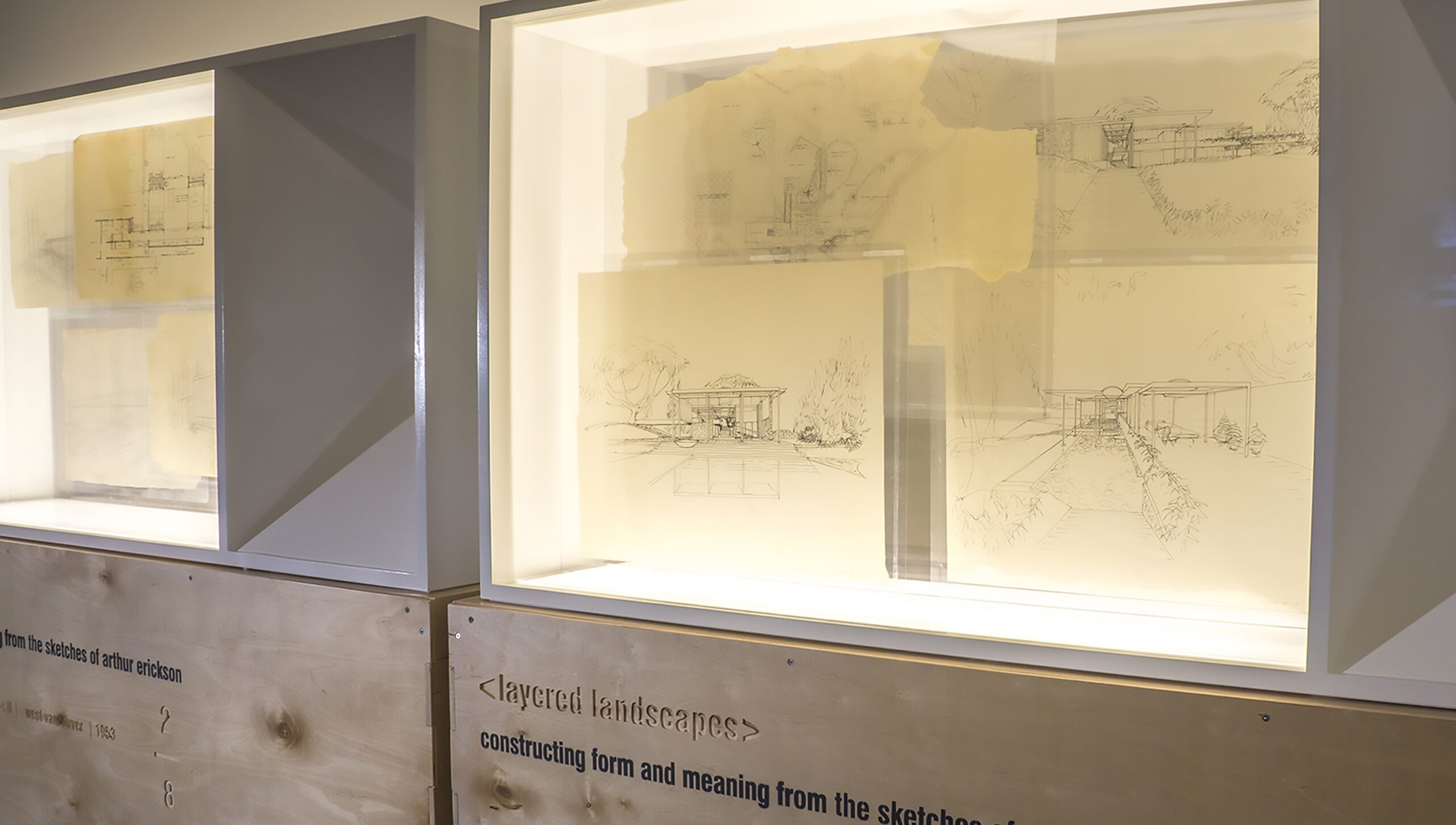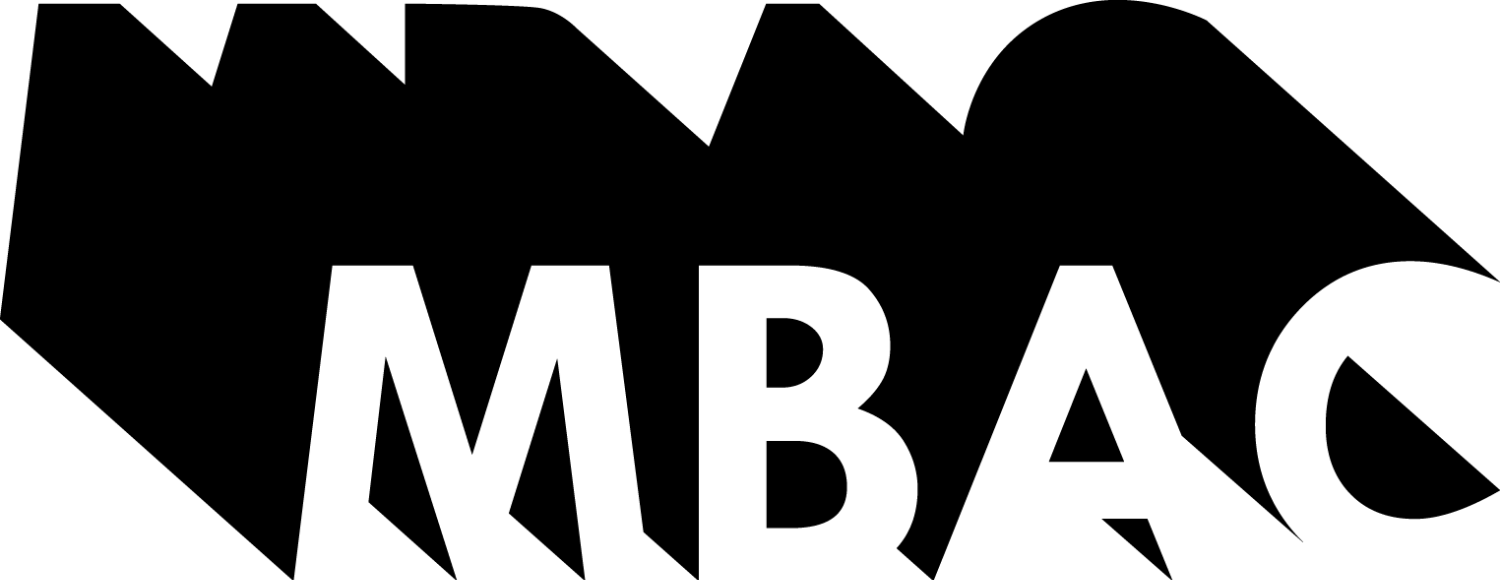
This travelling exhibition focuses on the sketches of Arthur Erickson, perhaps Canada’s greatest 20th-century architect. The selected projects include some of his early residential projects, such as the Filbert House and the first Smith Residence, and also larger institutional projects that cemented his national reputation, such as Simon Fraser University.
The sketch is both exploration and inspiration. It is the tentative beginnings of form-making, where one’s hand is guided through imagination and speculation. Sketches represent the initial conceptualization of the life of a project, but they are not usually considered precious. They are simply a tool to test ideas and thoughts.
The Erickson sketches take on another dimension: they seek to create a sublime relationship between the programmatic opportunities and the natural phenomena of site, and as such, they are the repository of Arthur Erickson’s thoughts, ideas and feelings. They are project archaeologies, both inspiration and aspiration, as they are translated into physical form.
The exhibition focuses on sketches as artifacts of the design process, as a kind of intermediate architecture that reveals inspiration and potential. The exhibition armature consists of a group of eight vitrines for the display of the sketches. The vitrines serve as protection and rarefication of these drawings, where the process of imagining and making is revealed through the translucency of paper and light. Formally, the sketches are arrayed to reflect the iterative nature of the design, where each line and gesture is a process of exploring ideas about light, space and the interconnected landscape between site and program. The project videos show the physical manifestation of the sketches, the shift from abstraction to form, and act as the materialization of Erickson’s creative process.
This travelling exhibition focuses on the sketches of Arthur Erickson, perhaps Canada’s greatest 20th-century architect. The selected projects include some of his early residential projects, such as the Filbert House and the first Smith Residence, and also larger institutional projects that cemented his national reputation, such as Simon Fraser University.
The sketch is both exploration and inspiration. It is the tentative beginnings of form-making, where one’s hand is guided through imagination and speculation. Sketches represent the initial conceptualization of the life of a project, but they are not usually considered precious. They are simply a tool to test ideas and thoughts.
The Erickson sketches take on another dimension: they seek to create a sublime relationship between the programmatic opportunities and the natural phenomena of site, and as such, they are the repository of Arthur Erickson’s thoughts, ideas and feelings. They are project archaeologies, both inspiration and aspiration, as they are translated into physical form.
The exhibition focuses on sketches as artifacts of the design process, as a kind of intermediate architecture that reveals inspiration and potential. The exhibition armature consists of a group of eight vitrines for the display of the sketches. The vitrines serve as protection and rarefication of these drawings, where the process of imagining and making is revealed through the translucency of paper and light. Formally, the sketches are arrayed to reflect the iterative nature of the design, where each line and gesture is a process of exploring ideas about light, space and the interconnected landscape between site and program. The project videos show the physical manifestation of the sketches, the shift from abstraction to form, and act as the materialization of Erickson’s creative process.
